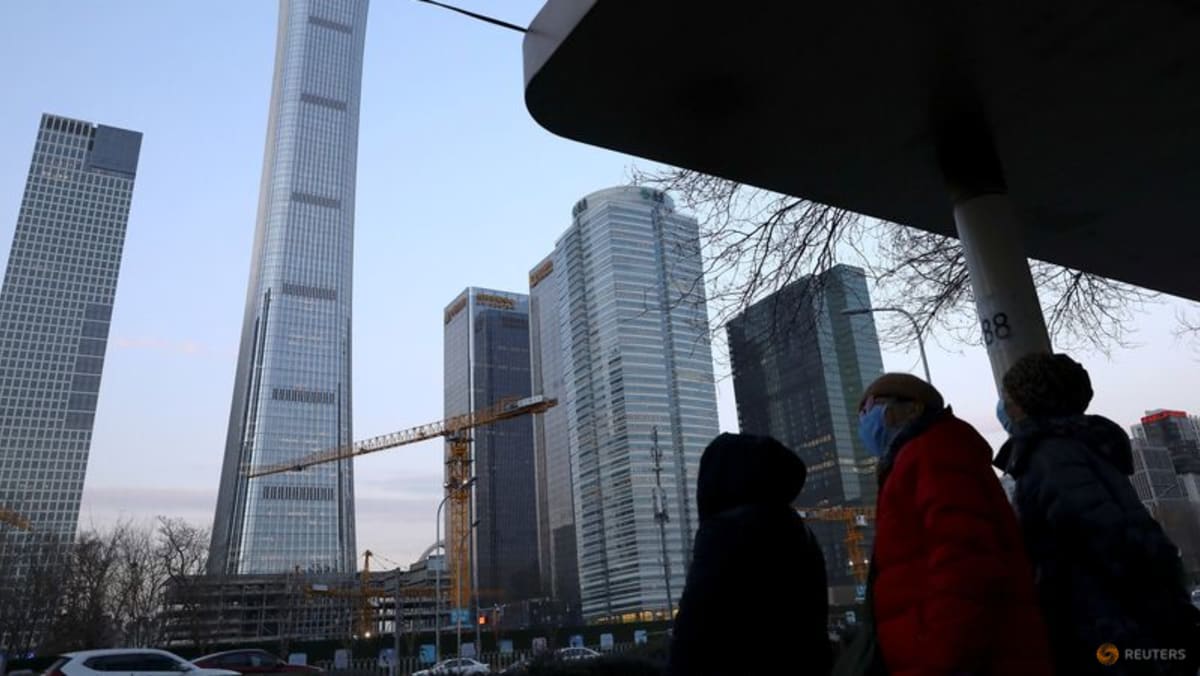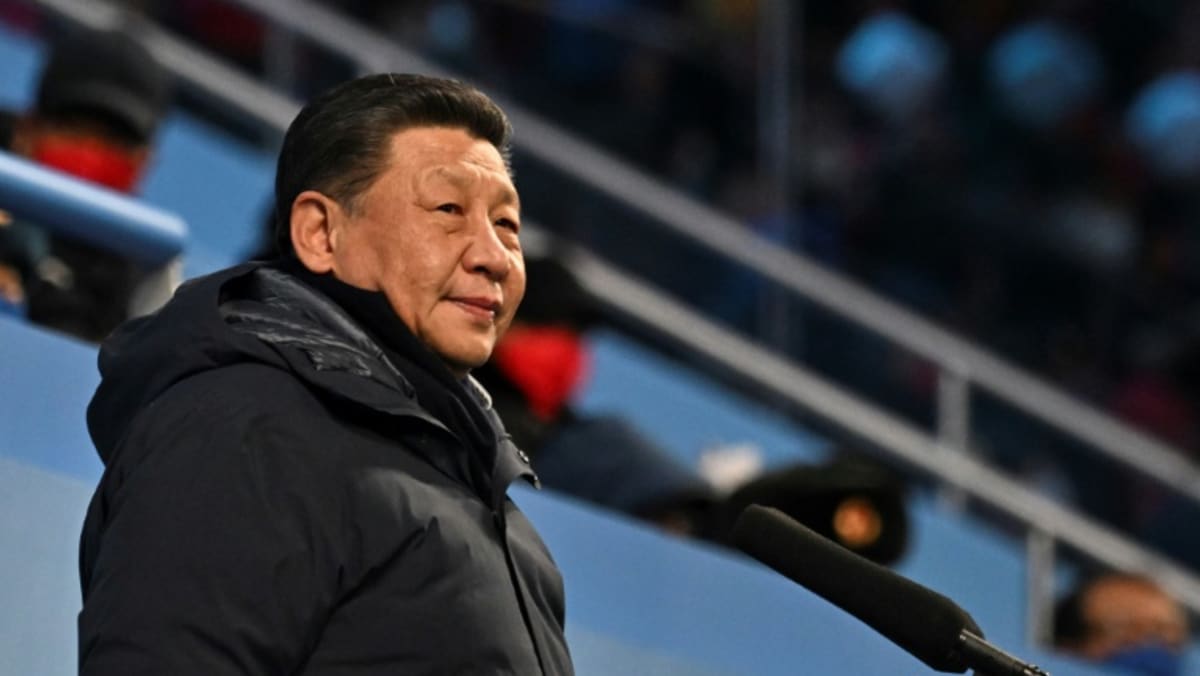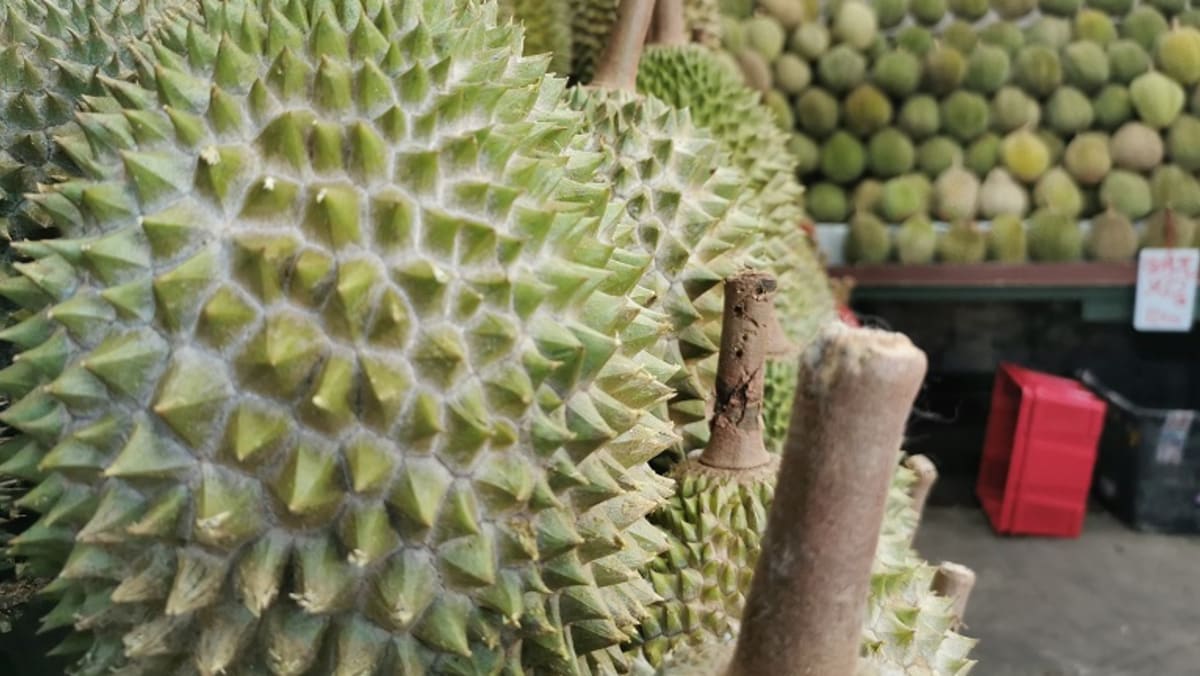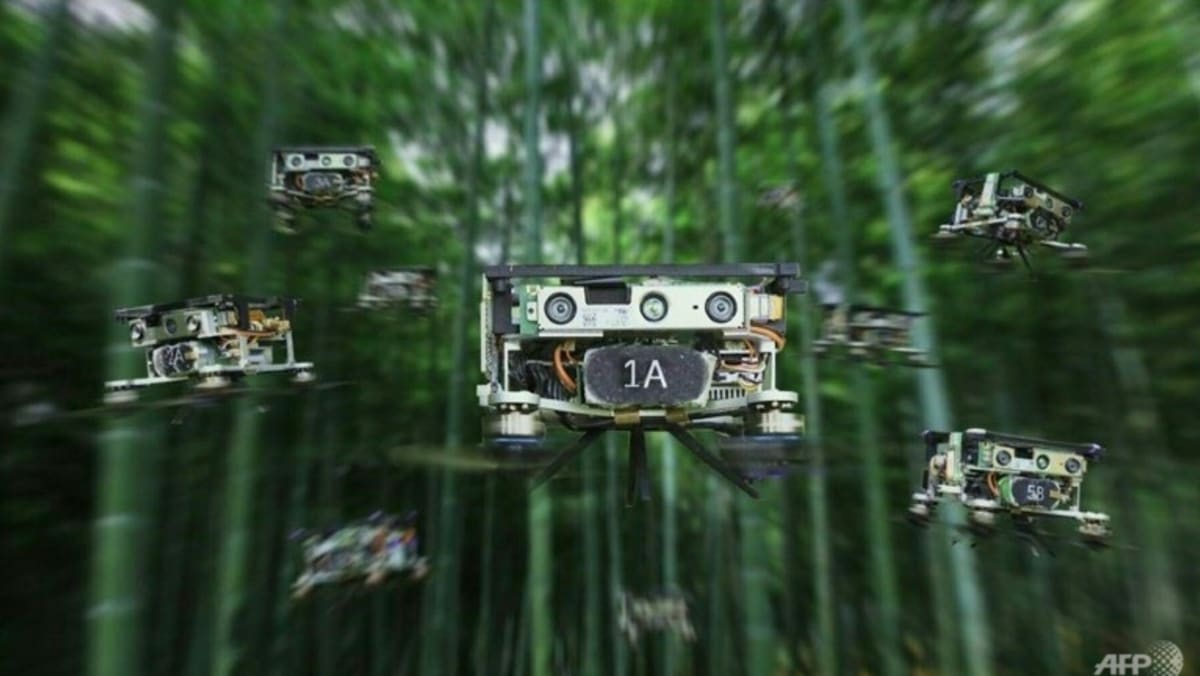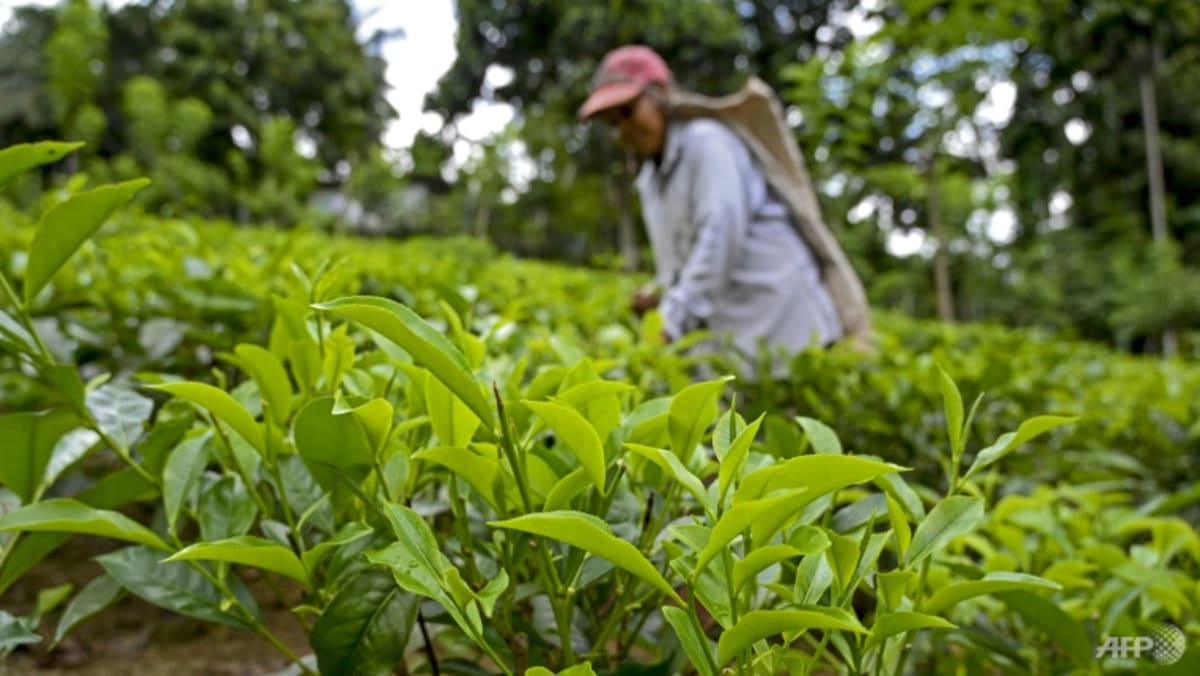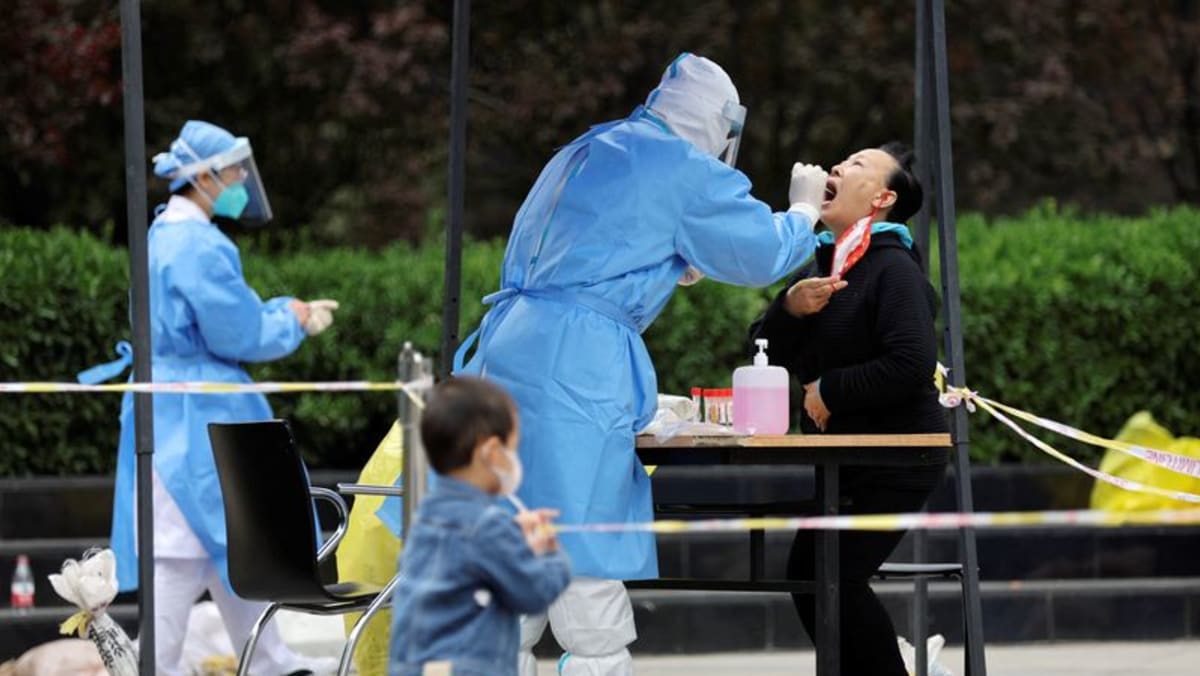
SHANGHAI: Tesla operated its Shanghai plant well below capacity on Tuesday (May 10), showing the problems factories there face trying to ramp up output under a tightening COVID-19 lockdown, while China's capital kept up its fight with a small but stubborn outbreak.
Many of the hundreds of companies reopening factories in Shanghai in recent weeks have faced challenges getting production lines back up to speed while keeping workers on-site in a "closed loop" system.
Even if they manage to get everything right, such firms depend on suppliers facing similar challenges.
The latest sign of struggle with increasing output under COVID-19 rules came from Tesla's Shanghai plant, whose resumption three weeks ago received generous coverage in state media as an example of what can still be achieved despite restrictions.
The US automaker has halted most of its production at the plant due to problems securing parts, according to an internal memo seen by Reuters.
Tesla had planned as late as last week to increase output to pre-lockdown levels by next week.
Among Tesla suppliers facing difficulties is wire harness maker Aptiv after infections were found among its employees, sources said on Monday.
Videos posted online last week showed dozens of workers at Apple and Tesla supplier Quanta overwhelming hazmat-suited security guards and vaulting over factory gates fearing being trapped inside amid COVID-19 rumours.
COVID-19 curbs in Shanghai, Beijing and dozens of other major population centres and manufacturing hubs across China are taking a heavy toll on the world's second largest economy, with significant global spillovers on trade and supply chains.
China's export growth slowed to its weakest in almost two years, data showed on Monday. Unemployment was also near two-year highs.
Uncertainty is high, with economists unable to say with any accuracy when the country will bring COVID-19 under control and what the final cost is likely to be.
"Growth in China is likely to remain hostage to the course of the pandemic for most of the year," analysts at Fathom Consulting said in a note.
Chinese stocks were just off two-year lows, and the yuan traded near 18-month lows on Tuesday.
Shanghai, a vital centre for commerce, finance and manufacturing for China and beyond with a population of 25 million, was enduring its sixth week of a city-wide lockdown.
The prolonged, ruthlessly-enforced isolation increasingly jars with an outside world which is gradually returning to its pre-COVID way of life, even if cases spread.
China has threatened actions against critics of its "dynamic-zero COVID" policy, which it says aims to "put life first" and prevent the millions of deaths caused by the virus around the globe.
https://news.google.com/__i/rss/rd/articles/CBMiW2h0dHBzOi8vd3d3LmNoYW5uZWxuZXdzYXNpYS5jb20vYXNpYS90ZXNsYS1zaGFuZ2hhaS1iZWlqaW5nLWNoaW5hLWNvdmlkLTE5LWxvY2tkb3duLTI2NzUxOTHSAQA?oc=5
2022-05-10 07:47:00Z
1415090922
